VW Group EV owners still have a bit to wait before NACS adapter roll out. The first one to get NACS support from the factory should be the 2026 Porsche Taycan.
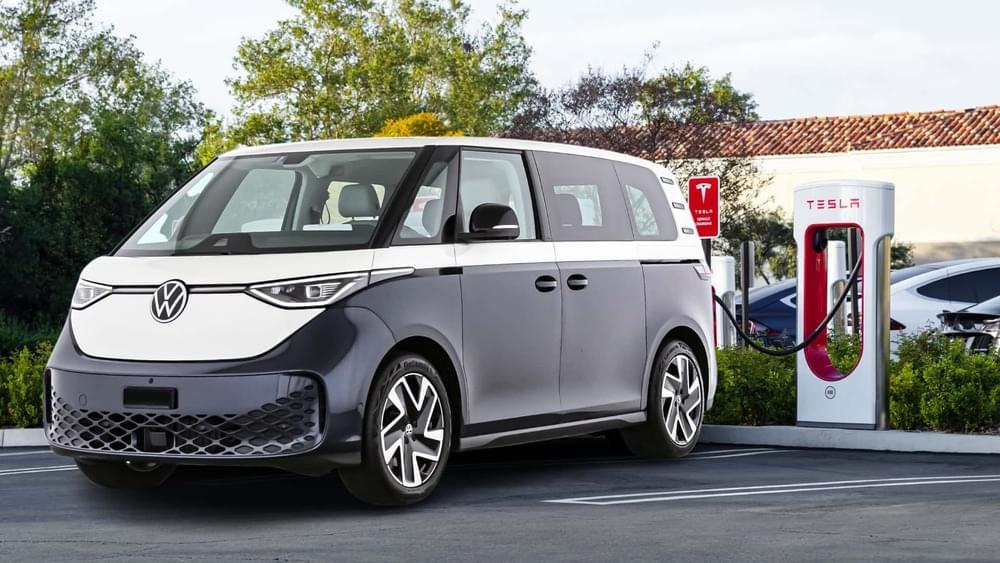

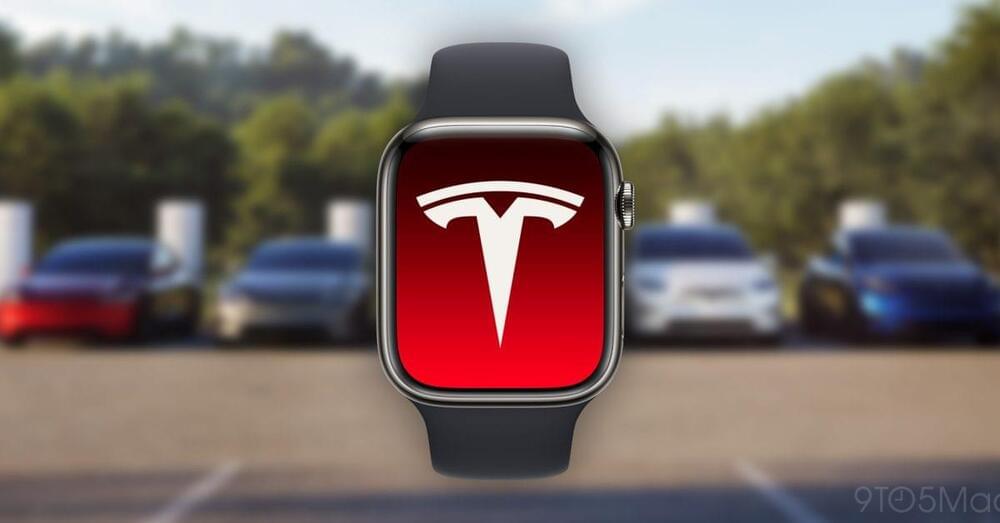
Tesla owners might soon be able to control their car using their Apple Watch, at least if Elon Musk is to be believed. In response to a question on social media about whether Tesla could add Apple Watch integration, Musk responded: “Sure.”
Whether Tesla follows through on this remains to be seen. There’s no timeline on when the feature might be added. In fact, it sounds like this wasn’t something in the works until Musk responded to this particular social media post.
Ideally, Tesla’s app for Apple Watch would allow Tesla owners to unlock their car and do things like precondition the cabin, enable/disable Sentry mode, remote start their car, and more. But again, Tesla hasn’t confirmed anything about what to actually expect.
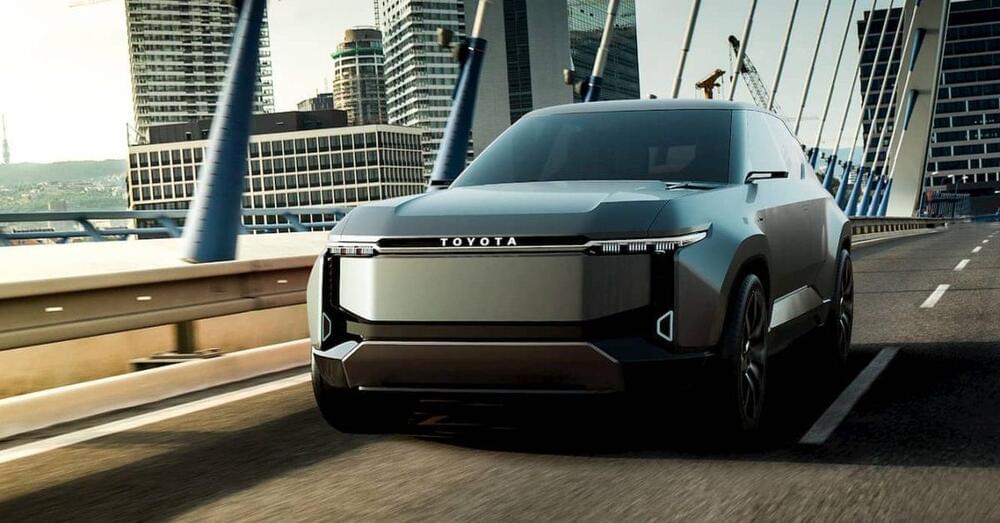
Toyota is boosting its ability to mass-produce “a wide variety” of EV batteries following an agreement with Panasonic to take full control of Primearth EV Energy (PEVE). The move will help Toyota respond to the growing demand for batteries.
The automaker agreed with Panasonic to make Primearth EV Energy a wholly owned subsidiary Tuesday.
Toyota said the acquisition will strengthen its ability to mass produce EV batteries. It is officially scheduled for later this month.
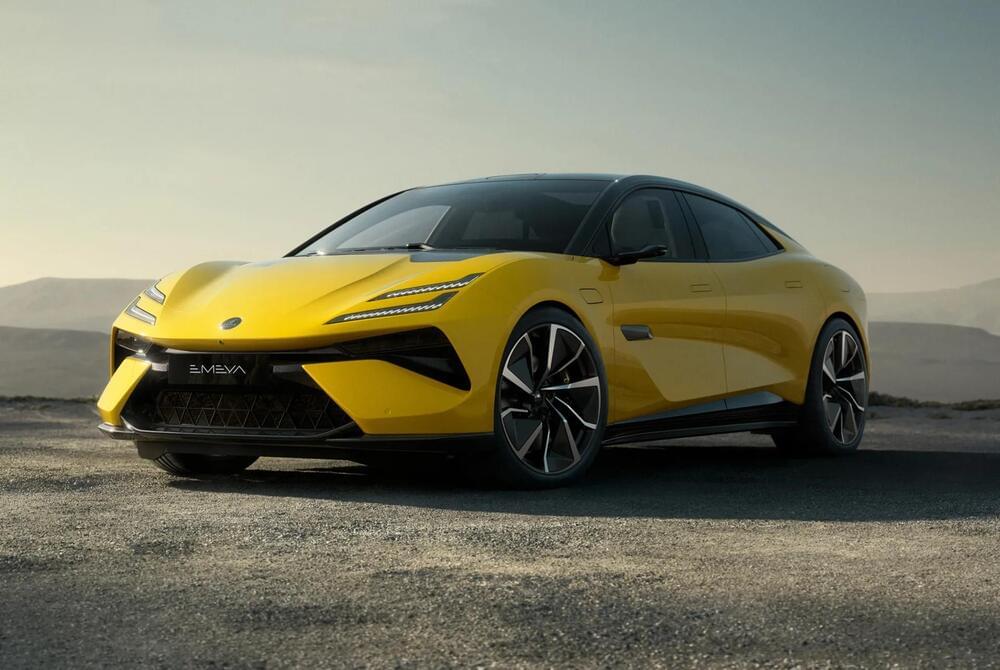
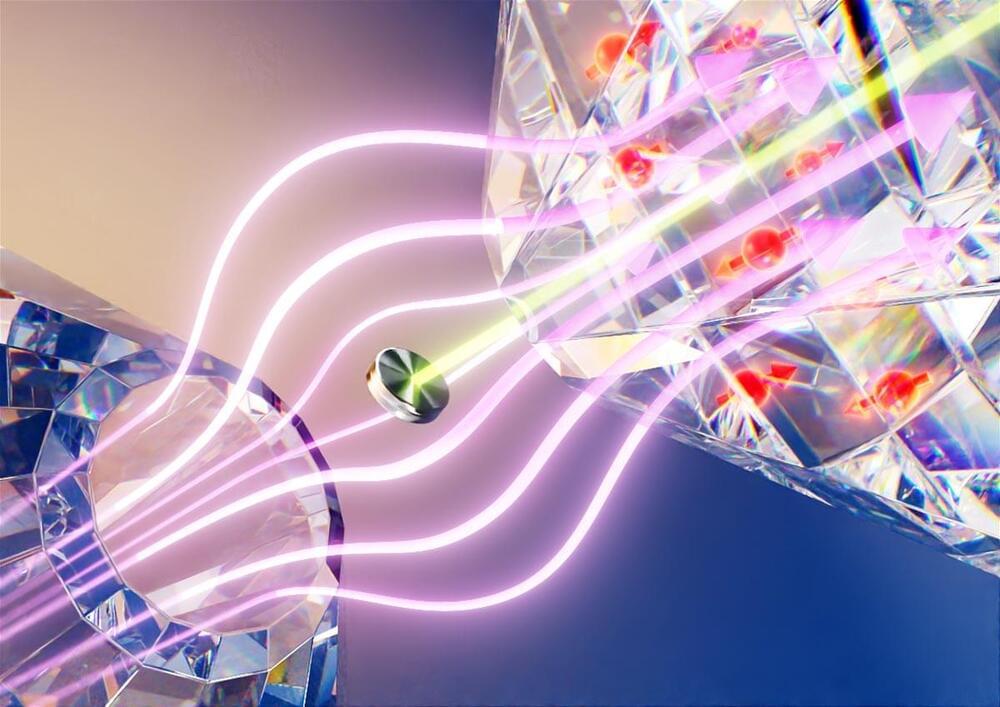
Harvard scientists have made a significant advance in high-pressure physics by creating a tool that directly images superconducting materials under extreme conditions, facilitating new discoveries in the field of superconducting hydrides.
Hydrogen (like many of us) acts weird under pressure. Theory predicts that when crushed by the weight of more than a million times our atmosphere, this light, abundant, normally gaseous element first becomes a metal, and even more strangely, a superconductor – a material that conducts electricity with no resistance.
Scientists have been eager to understand and eventually harness superconducting hydrogen-rich compounds, called hydrides, for practical applications – from levitating trains to particle detectors. But studying the behavior of these and other materials under enormous, sustained pressures is anything but practical, and accurately measuring those behaviors ranges somewhere between a nightmare and impossible.
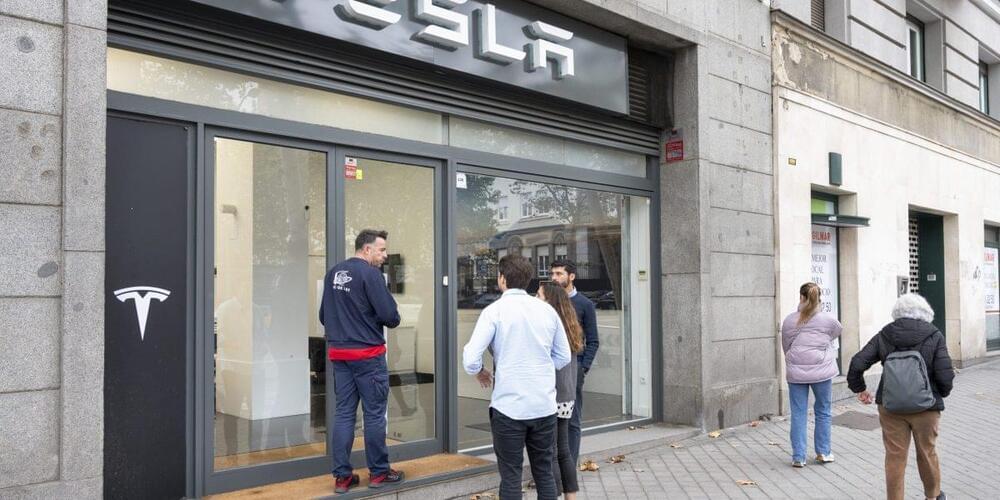
Ayvens, the biggest multi-brand leasing firm, already has received checks in recent weeks to make up for slumping prices, according to Chief Executive Officer Tim Albertsen. Leasing companies are demanding concessions from EV makers, including agreements that manufacturers will buy back vehicles, to protect against further erosion in the $1.2 trillion second-hand car market.
Prices for used EVs plummeted last year as weakening demand for new battery-powered cars prompted Tesla to slash sticker prices, forcing others to follow suit. The moves are reverberating through leasing firms, such as Europe-focused Societe Generale SA’s Ayvens and BNP Paribas SA’s Arval, which serve as middlemen in the corporate car market that accounts for roughly 60% of sales in the region.
“Manufacturers today need to keep selling EVs,” Albertsen said during the company’s earnings call this month. “We then need some kind of protection from the manufacturers in terms of their future pricing.”

Gartner predicts, too, that by 2027 15% of EV companies founded since the last decade will be acquired or bankrupt. “This does not mean the EV sector is crumbling,” said Pedro Pacheco, vice president of research at Gartner. “It is simply entering a new phase where companies with the best products and services will win over the remaining.” Of course, at least 18 EV and battery startups that went public in recent years and attracted huge investments are now struggling for cash, with plenty going belly up, including Lordstown Motors and Proterra.
Still, new innovations will push BEV price down, Gartner states. “New OEM incumbents want to heavily redefine the status quo in automotive,” he added. “They brought new innovations that simplify production costs such as centralized vehicle architecture or the introduction of gigacastings that help reduce manufacturing cost and assembly time, which legacy automakers had no choice to adopt to survive.”
By 2027, next-gen BEVs will be cheaper to make than comparable ICE vehicles, with production costs dropping faster than battery costs. But there’s a rub: Repair costs will be more expensive, Gartner says. By 2027, it predicts that the average cost of an EV body and battery “serious accident repair” will increase by 30%.
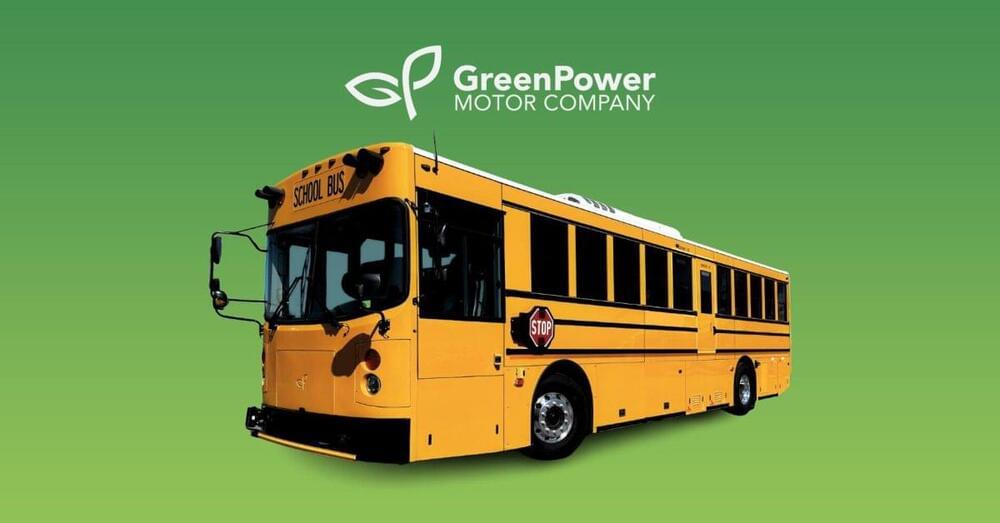
GreenPower has delivered an electric purpose-built Type D BEAST school bus to Arizona, its first in the state.
GreenPower’s BEAST – “battery electric automotive school transportation” – is a 40-foot electric school bus that seats up to 90 passengers. It features an aluminum body on a high-strength steel truss chassis.
The BEAST has a 194 kWh lithium iron phosphate battery pack and a range of up to 150 miles, and standard dual port charging, with Level 2 charging rates of up to 19.2 kW and DC fast charging rates of up to 85 kW. Wireless charging is also available as an option.
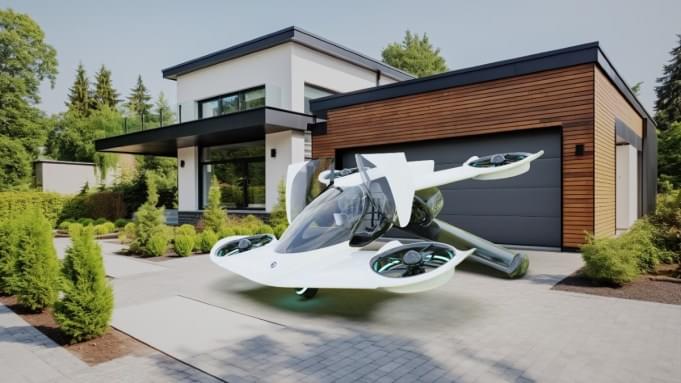

Diamond is known for its outstanding thermal conductivity. This makes the material ideal for cooling electronic components with high power densities, such as those used in processors, semiconductor lasers or electric vehicles. Researchers at Fraunhofer USA, an independent international affiliate of the Fraunhofer-Gesellschaft, have succeeded in developing wafer-thin nanomembranes from synthetic diamonds that can be integrated into electronic components, thereby reducing the local heat load by up to ten times. This helps to improve the road performance and service life of electric cars and significantly reduces battery charging time.
An increase in power density and the resulting higher heat dissipation in electronic components require new materials. Diamond is known for its high thermal conductivity, which is four to five times higher than that of copper. For this reason, it is a particularly interesting material when it comes to cooling power electronics in electric transportation, photovoltaics or storage systems.
Until now, heat sinks made of copper or aluminum plates have increased the heat-emitting surface of components that produce heat, thus preventing damage due to overheating.